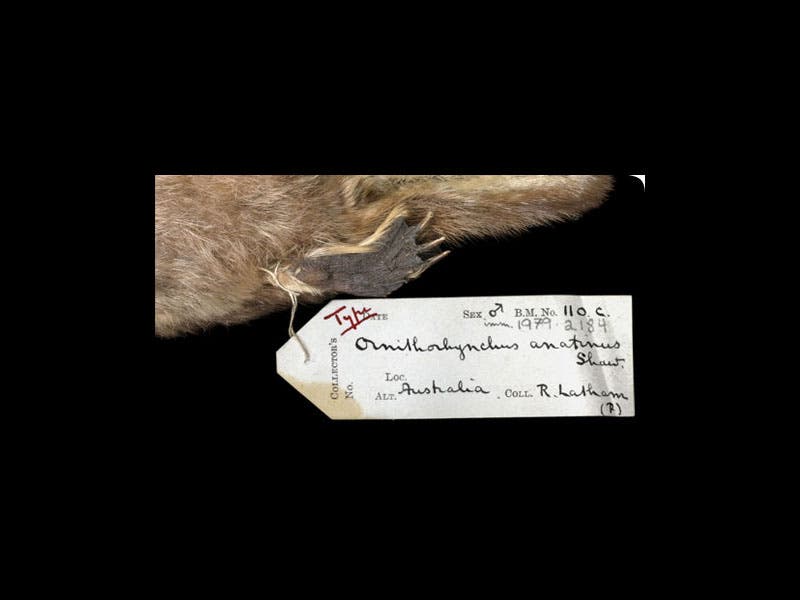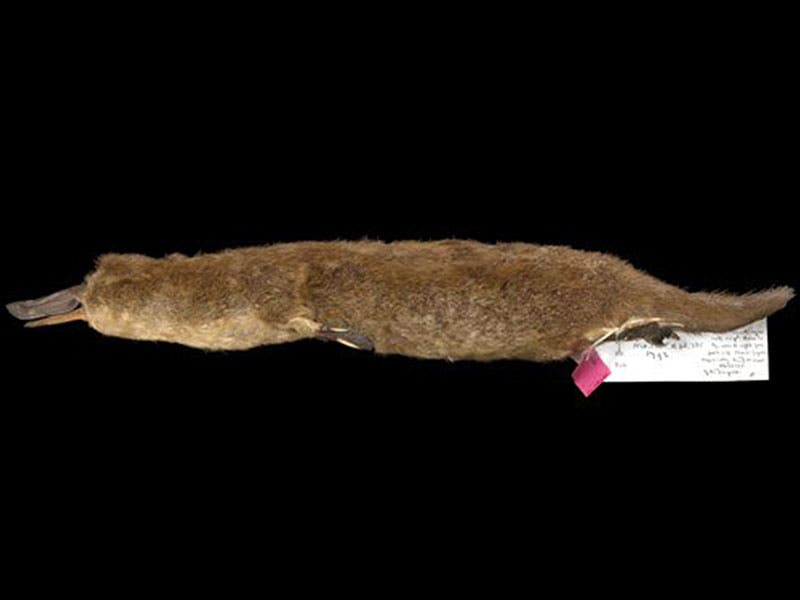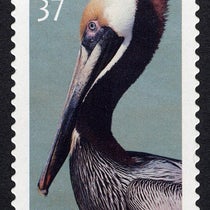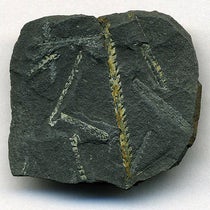Scientist of the Day - George Shaw
George Shaw, an English naturalist, was born Dec. 10, 1751. Shaw is not much remembered today, but if you look up “Platypus” in Wikipedia and scroll down to its scientific name, it will say Ornithorhynchus anatinus (Shaw, 1799). Similarly, the Eastern Grey kangaroo is Macropus giganteus (Shaw, 1790), and the wombat is Vombatus ursinus (Shaw, 1800). Shaw got his name attached to these Australian mammals because he edited a journal, the Naturalist's Miscellany, from 1789 to 1812, and in the pages of this periodical, he was the first to describe and name a host of exotic animals that had been brought back by English voyagers and naturalists. The actual specimen that is used to name and describe a species is very important in taxonomy and is known as the type specimen. The type specimen of the platypus Ornithorhynchus is kept in the Natural History Museum in London, and a photograph provides a detail of the hand-written tag that is attached to the leg of the specimen, with Shaw�’s name, the name of the collector, John Latham, and the word, Type (see first image above). Shaw originally gave it the name of Platypus anatinus, but the genus Platypus was already taken (for a type of beetle), so Ornithorhynchus was substituted. You can see the entire type specimen of the platypus in the second image above. We do not have the Naturalist’s Miscellany in the Library.
In 1813, Shaw was given the skin of a flightless bird by a sailor who had been to New Zealand. It was a kiwi, and Shaw named it Apteryx australis and published a picture of what he thought the kiwi looked like in life. Since we don’t own the Miscellany, we cannot show you Shaw’s original engraving, but several decades later, René Lesson copied it for the narrative of his own voyage to Australia, and that book we do have in the Collection. Shaw’s kiwi was a pretty sorry-looking bird (third image above). Shaw died shortly after publishing his kiwi description; his collection was sold at auction, and the kiwi skin ended up in the collection of Lord Edward Stanley, the 13th Earl of Derby, who in the 1830s commissioned John Gould to do a better reconstruction. Gould's lithograph, which was actually done by his wife Elizabeth, was published in 1835 (fourth image above). Given that both illustrations were based on the very same skin, one might conclude that Elizabeth Gould was somewhat better than George Shaw in the dead-bird restoration department.
Dr. William B. Ashworth, Jr., Consultant for the History of Science, Linda Hall Library and Associate Professor, Department of History, University of Missouri-Kansas City










